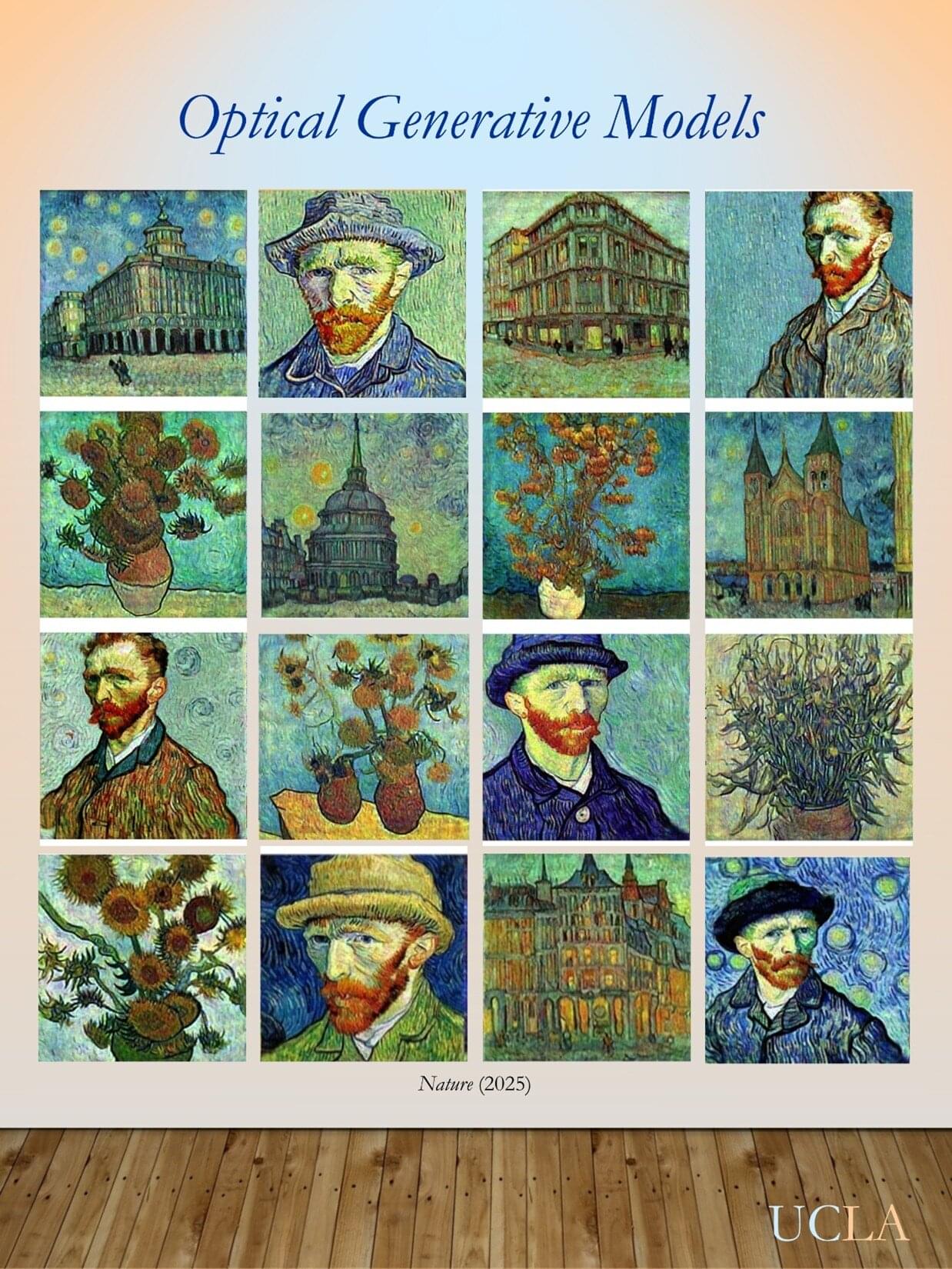In a major leap for artificial intelligence (AI) and photonics, researchers at the University of California, Los Angeles (UCLA) have created optical generative models capable of producing novel images using the physics of light instead of conventional electronic computation.
Published in Nature, the work presents a new paradigm for generative AI that could dramatically reduce energy use while enabling scalable, high-performance content creation.
Generative models, including diffusion models and large language models, form the backbone of today’s AI revolution. These systems can create realistic images, videos, and human-like text, but their rapid growth comes at a steep cost: escalating power demands, large carbon footprints, and increasingly complex hardware requirements. Running such models requires massive computational infrastructure, raising concerns about their long-term sustainability.
